CDFW's scientists engage in research and resource assessment practices to inform
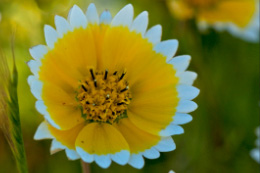
- Biodiversity conservation
- Climate change risks and resilience
- Environmental regulations and permitting
- Fish and wildlife health
- Forensics for environmental law enforcement
- Game, non-game, fisheries, and timber species management
- Human-wildlife conflict management
- Outdoor recreation best practices
- Species and population genetics
- Status and recovery of endangered species and ecosystems
- Toxic spill response
- Wildlife and fisheries genetics
Science Support
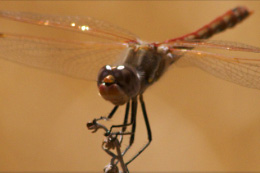
The Science Institute works on many fronts to support scientific capacity within CDFW, including:
- Offering consistent and broad access to published scientific literature to encourage consideration of the latest peer-reviewed information in management decisions.
- Providing comprehensive information about barriers to terrestrial wildlife connectivity, using consistent criteria to prioritize their mitigation.
- Supporting implementation of the Department’s Scientific Data Governance Policy, for reliable centralized data storage, sharing, and management.
- Supporting the use of advanced scientific tools, protocols, and analyses for efficient, effective, and benign data gathering. These include genetic techniques and the use of UAS [unoccupied aircraft systems (drones)], wildlife cameras, and acoustic sensors, for example.
Biodiversity

The October 2020 State executive order (N-82-20) directs the California Natural Resources Agency to form California Biodiversity Collaborative of experts, leaders, and communities to pursue a unified approach to protecting biodiversity and develop strategies to support the conservation of 30% of California’s lands and waters, each, by 2030. This work will be advanced by two key partnering organizations: the California Biodiversity Network, which includes academic/education, tribal, scientific, and government experts, who represent California institutions that prioritize biodiversity stewardship and inquiry; and the California Biodiversity Council, which works with state and federal government agencies to identify pathways for protecting biodiversity through agency programs, investments, regulations, and policies.
Biodiversity Day
California Biodiversity Day takes place annually, on September 7th, to mark the anniversary of the 2018 launch of the California Biodiversity Initiative. This event celebrates California’s exceptional biodiversity and encourages actions to protect it. Biodiversity Day celebrations feature “open houses” at reserve sites throughout the state, including CDFW properties and state parks. Many of these events include “bioblitzes,” during which community science participants identify as many species as possible in a specific area, during a certain time period, via the iNaturalist app (which is curated by the California Academy of Sciences). Please visit the California Biodiversity Day webpage for additional information and upcoming events!
Climate Change

In 2020, over 850 CDFW employees from across branches, programs, and Regions, participated in a climate change survey. Their responses highlight current departmental climate change adaptation activities, as well as climate-related science and information needs. To help meet those needs, the Science Institute is working to increase access to climate information, broaden the Department’s capacity for communication, and offer relevant training for CDFW scientists.
State Wildlife Action Plan
California’s State Wildlife Action Plan (SWAP) was updated in 2025 and can be found on the CDFW SWAP page. This plan, which is mandated by Congress and updated at least every 10 years, provides a comprehensive wildlife conservation strategy that is implemented through grants and projects throughout the State.
At its heart, the SWAP is a blueprint and visionary plan to conserve California’s fish and wildlife, and their habitats. It provides statewide conservation strategies with recommended actions and tools. In SWAP 2025, you will find updated information on the health of California’s fish, wildlife, and plant resources, statewide and regional climate change information, plus the latest data and tools being used to implement conservation efforts and wildlife monitoring projects.
Science Institute Team
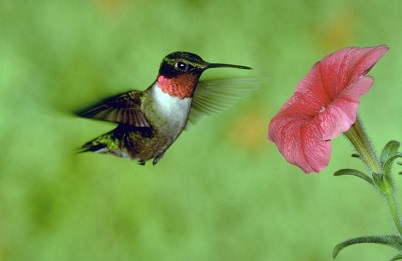
- Acting Science Institute Lead - Kevin Thomas
- State Wildlife Action Plan Supervisor - Cassidee Shinn, MESM
- State Wildlife Action Plan Coordinator - Junko Hoshi, PhD
- Climate Change Specialist - Whitney Albright, MS
- Interim Biodiversity Coordinator - Dena Spatz, PhD
- Field Team
- Nicole Cornelius, MS
- Phillip Smith
Contact
Science.Institute@wildlife.ca.gov
Science Support Services
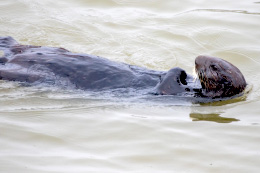
The Science Institute supports scientific work at CDFW by:
- Developing resources to increase scientific capacity, including expanding access to scientific literature; and facilitating advanced education and research partnerships with universities
- Creating opportunities for science-oriented professional development and mentorship, including providing training and support for publication in scientific journals
- Supporting scientific and other professional exchanges, including organizing biannual CDFW Science Symposia, and creating communication tools for a connected CDFW scientific community
- Promoting an inclusive and diverse community of scientists
- Offering facilitation support for scientific program planning, including the development of a Science Action Strategy that addresses priority research, monitoring, and modeling needs
- Supporting the California Fish and Wildlife Journal and facilitating independent scientific peer review
- Providing visibility of CDFW science activities to the public
Climate Change Adaptation and Biodiversity Conservation Services
The Science Institute supports work related to climate change adaptation and biodiversity conservation at CDFW by:
- Facilitating climate change risk assessments for CDFW lands and waters
- Developing and sharing best practices for climate change resilience at CDFW
- Supporting a network of coupled climate-biodiversity sensors and assessments on selected CDFW sentinel sites
- Offering expertise, communication, and guidance for climate change resilience and biodiversity conservation
- Representing CDFW in the greater climate change adaptation and biodiversity arenas
- Participating in the California Biodiversity Collaborative and Network
- Supporting and tracking the implementation of State Wildlife Action Plan (SWAP)
- Coordinating the SWAP 2025 Update
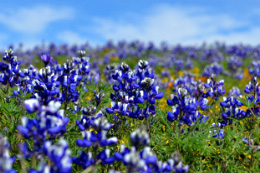
Representatives of CDFW Regions, Branches, and other departmental units come together during regular Science Institute Advisory Team (SIAT) meetings to provide input to the Science Institute team. SIAT members also serve as liaisons between Science Institute staff and other science or technical staff throughout the Department, with the goal of developing and maintaining a close-knit community of scientists at CDFW. Ultimately, SIAT members support scientific integrity throughout the Department by participating in related activities with the Science Institute.
The SIAT aims to maintain an open forum for communication about science-related topics and needs at CDFW, with the following objectives:
- Facilitate the development and coordination of CDFW scientific priorities, including the identification of needed science resources for supporting the Department's mission.
- Ensure scientific quality, as well as integrity and transparency in science-based decision-making.
- Facilitate independent scientific peer review and promote peer-reviewed publication of scientific work produced by or through CDFW.
- Support professional exchange, scientific collaborations, and partnerships, both internally and externally.
- Promote science-based adaptive management.
- Conduct outreach and education about CDFW's diverse scientific endeavors.
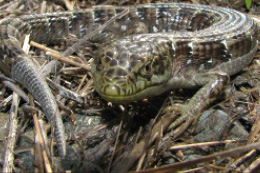
Science Institute Focus Teams (SIFTs) gather cross-cutting teams from the Department to address specific priority topics, through working forums:
Climate Change
Enhances communication and staff support regarding climate change, in order to integrate climate science and adaptation strategies into Departmental programs. Discovers climate change information needs and develops solutions to address them.
Habitat Connectivity
Enhances communication and coordination regarding wildlife and fish habitat connectivity. Identifies, researches, and disseminates information about habitat connectivity data and priorities in California, and supports their integration into conservation decision-making.
Data Sharing & Management
Implements the CDFW Scientific Data Governance Policy, including developing and providing a repository for preserving Department-generated or funded data in a searchable, centralized, data cataloguing and storage system.
Literature Access
Develops strategies to provide expanded (near-term) and universal access (long-term) to scientific literature for CDFW staff.
UAS (Unmanned Aerial Systems)
Addresses the scientific use of UAS (drones and associated sensors) for supporting CDFW's mission. Main topics: 1) Prevention of wildlife disturbance from UAS usage; 2) UAS use and methodologies in the context of surveillance; 3) UAS technical support; and 4) using UAS to foster efficiencies, safety, and economy.
Science Symposium
Organizes and hosts the CDFW Science Symposium every other year. This includes venue contracting; abstract solicitation and review; program scheduling; coordination with IT; organizing networking events; etc.
The Science Institute's five-year Strategic Action Plan, internal policies, guidelines, and programs ensure scientific quality at CDFW.
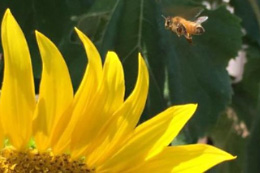
The 2021-26 Science Institute Strategic Action Plan (PDF) provides a framework for achieving two main goals, in fulfillment of the Science Institute’s mission to advance scientific capacity, excellence, integrity, quality, and transparency, in support of CDFW’s mission-related decisions, initiatives, and programs. The first goal focuses on working with CDFW scientists to increase the Department’s scientific capacity; supporting scientific training and professional exchange; establishing four-year scientific priorities; sharing CDFW's scientific activities with the public; and building a diverse, connected scientific community that reflects California’s demographics. The second goal focuses on harnessing CDFW's scientific capacity and expertise, along with its partners', to develop a biodiversity conservation and climate change response strategy for the Department; track progress on the Department’s implementation of the 2015 State Wildlife Action Plan (SWAP) to conserve and restore species and ecosystems; and complete the next SWAP Update by 2025, which will ensure continued access to State Wildlife Grant funds from the federal government.
Current scientific policy, guidance, and programs which ensure quality in science:
See subject pages (links to the right from Birds to Reptiles & Amphibians) for additional publications.
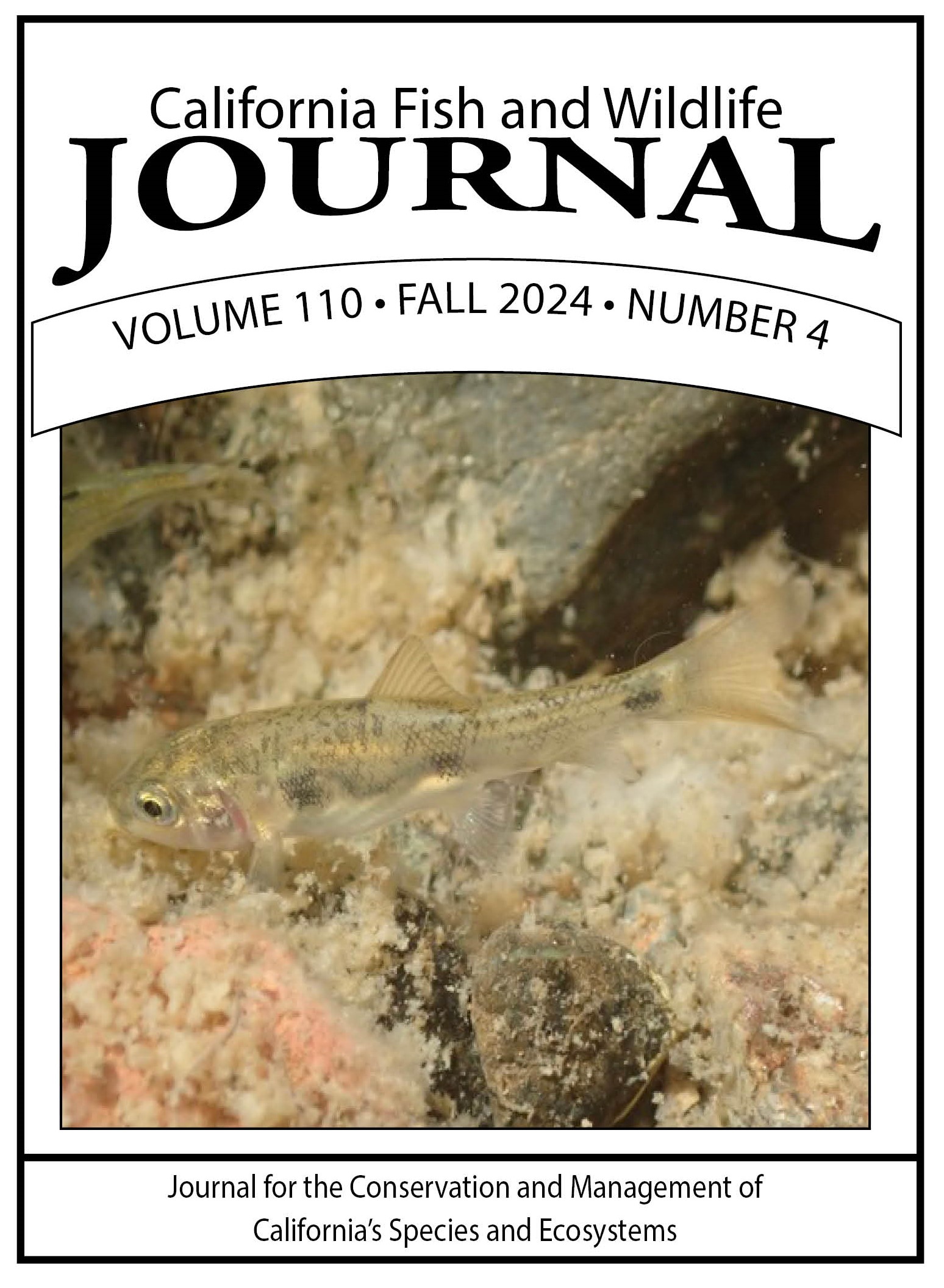
CDFW's Biogeographic Data Branch hosts a variety of tools to inform conservation and resource management activities:
CDFW hosts a number of scientific laboratories and topic-specific programs
Please visit the California Department of Human Resources for a full listing of scientific job opportunities with CDFW.
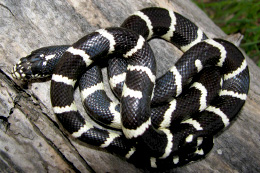 Scientific job classifications include:
Scientific job classifications include:
- Environmental Scientist
- Senior Environmental Scientist (Specialist)
- Senior Environmental Scientist (Supervisor)
- Research Scientist
- Scientific Aid
- Environmental Program Manager
- Veterinarian
- and more...